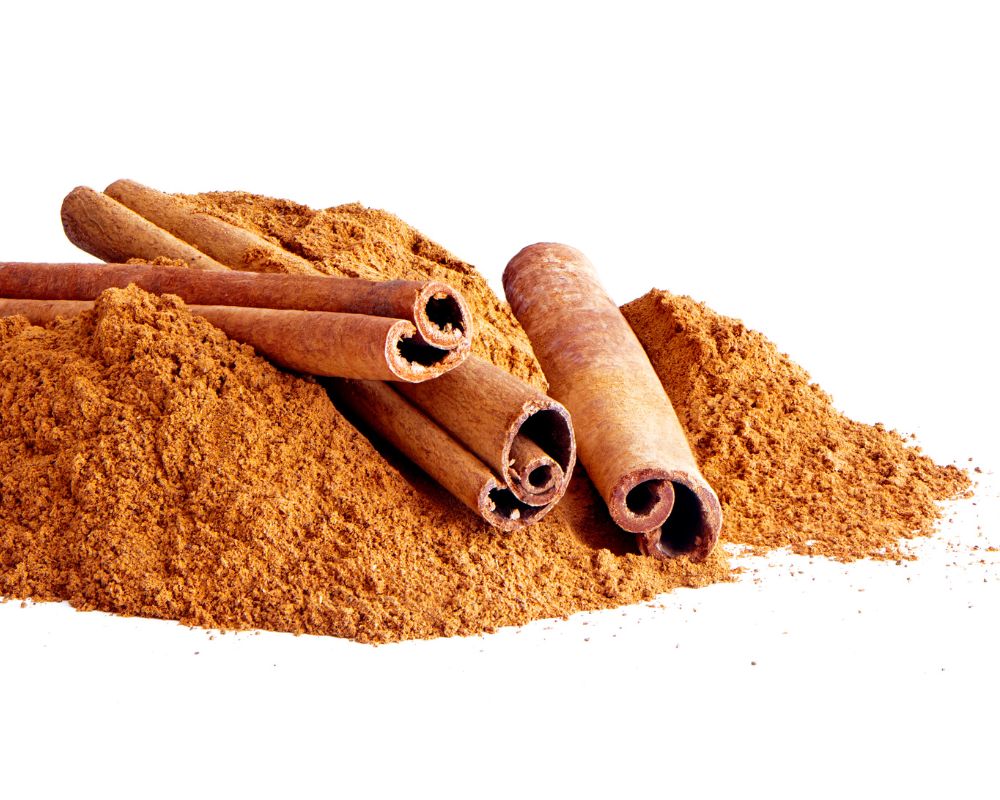Indian bay leaf (common names: tejpatta (in Hindi), Indian cassia, Malabar leaf) is common in Indian and Southeast Asian cuisine. Indian bay leaves are elongated, pointed, slightly curved, 2-3 inches long, glossy, and dark green. They have a strong and sweet flavor with clove, cinnamon, and nutmeg notes.
Table of Contents
What is an Indian bay leaf?

Indian bay leaf is an aromatic leaf commonly used in Indian cuisine as a spice. It comes from the tree Cinnamomum tamala, native to India and neighboring countries.
| Origin | Originates from India |
| Appearance | Slightly shorter and has a more pointed tip compared to regular bay leaf |
| Flavor profile | Similar to allspice |
| Dishes | Rice dishes, curries, soups, spice blends |
Origin
Indian bay leaf originates from India, present mainly in Nepal, Bhutan, Burma, and Northeast India. It is a common ingredient in Ayurvedic medicine.
Appearance
The appearance of the Indian bay leaf is similar to that of the bay leaves commonly used in Western cooking, but it is slightly shorter and has a more pointed tip.
Flavor profile
Indian bay leaf has a strong, sweet, and somewhat spicy taste, similar to allspice. It is often combined with other spices, such as cumin, coriander, and cinnamon, to create complex flavor profiles in Indian dishes.
Dishes
Indian bay leaves flavor:
- Rice dishes
- Curries
- Soups
- Lentils
- Stews
- Kashmiri
- Korma
- Spice mixes/spice blends (garam masala)
One simple recipe with Indian bay leaves is vegetable biryani, a popular Indian rice dish. It is typically made by layering cooked rice and a mixture of vegetables, herbs, and spices in a large pot and then slowly cooking until the flavors meld and the rice is tender.
The leaf is usually added to the pot along with other whole spices, such as cinnamon, cardamom, and cloves, and left to infuse the dish with its unique aroma and taste.
Nutritional Benefits of Indian bay leaf
Bay leaves contain high levels of vitamins A, C, and folate, essential for healthy vision, immune system function, and cell growth and development.
They are also rich in minerals like calcium, iron, and manganese, vital for strong bones, oxygen transport, energy, and metabolism.
They possess analgesic, anti-inflammatory, and antioxidant properties, making them helpful in alleviating pain, reducing inflammation, and protecting against oxidative stress. Bay leaves also have anti-bacterial and anti-fungal properties, making them effective against various microbial infections.
In Ayurvedic medicine, bay leaves are a key ingredient in herbal teas that relieve coughs and colds.
What is the difference between bay leaf and Indian bay leaf?


| Laurel bay leaf | Comes from the Cassia tree, has a slightly floral and herbal taste, with pine and lemon flavors, has only one vein running through it |
| Indian bay leaf | Comes from Cinnamomum tamala tree, has intense cinnamon flavor with hints of cloves, olive-green and can be identified by the three veins |
Bay leaf (laurel bay leaf) and Indian bay leaf differ. First of all, bay leaf comes from the Cassia tree.
Bay leaves have a slightly floral and herbal taste, with pine and lemon flavors, while Indian bay leaves have a more robust and intense cinnamon flavor with hints of cloves.
Indian bay leaf is olive-green and can be identified by the three veins running through it. On the other hand, the bay leaf is smaller than the Indian bay leaf and has only one vein running through it.
What is the difference between Indian bay leaf and tejpat?
Indian bay leaf, also known as malabathrum, comes from the Cinnamomum tamala tree, native to India and Nepal. It is also popularly called Tejpat, so they’re the same thing.
Why is Indian bay leaves more expensive than a bay leaf?
Indian bay leaves are more expensive than regular ones because they are a different tree species with a more robust, complex flavor profile.
Additionally, Indian bay leaves are typically grown in more remote regions of India and have a lower yield per tree, making them rarer and more expensive.
What can I use instead of Indian bay leaves?




If you don’t have access to Indian bay leaves, you can consider using the following 4 substitutes:
- Bay leaves: Regular bay leaves are a good substitute for Indian bay leaves. They have a similar flavor and are widely available in grocery stores.
- Curry leaves: Commonly used in Indian cuisine and have a distinctive flavor that can complement many dishes. They are available fresh or as dried leaves in specialty stores.
- Cinnamon: Cinnamon has a similar flavor profile to Indian bay leaves and works as a substitute. However, it has a more assertive and sweeter flavor, so you may need to adjust the quantity accordingly.
- Cloves: Indian bay leaves have cinnamon and clove notes, so cloves are yet another great replacement in Indian dishes. However, they have a strong taste, so use them sparingly.

